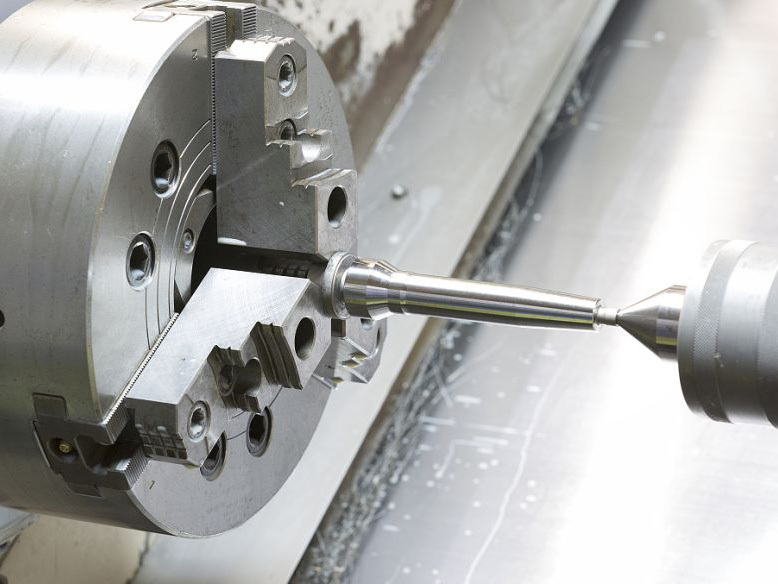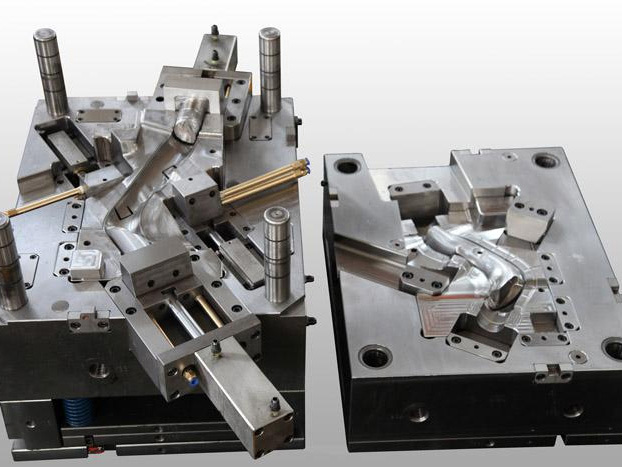The advantages and performance of die-casting molds
Release time:
2023-12-29
High pressure and high-speed filling die casting are the two major characteristics of die casting. Its commonly used injection pressure ratio ranges from several thousand to tens of thousands of kPa, and even up to 2 ×。
1. Die casting characteristics
High pressure and high-speed filling die casting are the two major characteristics of die casting. Its commonly used injection pressure ratio ranges from several thousand to tens of thousands of kPa, and even up to 2 ×。 The filling speed is about 10~/s, and sometimes even above/s. The filling time is very short, usually within the range of 0.01 to 0.2 seconds. Compared with other casting methods, die casting has the following three advantages:
1. Good product quality
The dimensional accuracy of castings is high, generally equivalent to levels 6-7, and even up to level 4; Good surface smoothness, generally equivalent to grades 5-8; The strength and hardness are relatively high, and the strength is generally increased by 25-30% compared to sand casting, but the elongation is reduced by about 70%; Stable size and good interchangeability; Can die cast thin-walled and complex castings. For example, the minimum wall thickness of current zinc alloy die castings can reach 0.3mm; Aluminum alloy castings can reach 0.5mm; The minimum casting aperture is 0.7mm; The minimum pitch is 0.
2. High production efficiency
The machine has high productivity, for example, the domestically produced J-III3 horizontal cold air die-casting machine can die cast an average of~times in eight hours, and the small hot chamber die-casting machine can die cast an average of~times every eight hours; Die casting molds have a long lifespan, with a pair of die casting molds and die cast bell alloys having a lifespan of several hundred thousand times, or even millions of times; Easy to achieve mechanization and automation.
3. Excellent economic results
Due to the advantages of precise size and smooth surface of die-casting parts. Generally, it is used directly without mechanical processing, or the processing volume is very small, which not only improves the metal utilization rate but also reduces a large number of processing equipment and working hours; The cost of castings is easy; Combination die casting can be used with other metal or non-metallic materials. It saves both assembly time and metal.
Although die casting has many advantages, there are also some drawbacks that need to be addressed. For example:
1) During die casting, due to the high filling speed and unstable flow state of liquid metal in the mold cavity, the general die casting method is adopted, which is prone to the formation of pores in the casting and cannot be subjected to heat treatment;
2) For castings with complex concave surfaces, die-casting is more difficult;
3) High melting point alloys (such as copper and black metals) have a lower lifespan in die casting molds;
4) Small batch production is not suitable, mainly due to high manufacturing costs of die-casting molds, high production efficiency of die-casting machines, and uneconomical small batch production.
Keywords:







